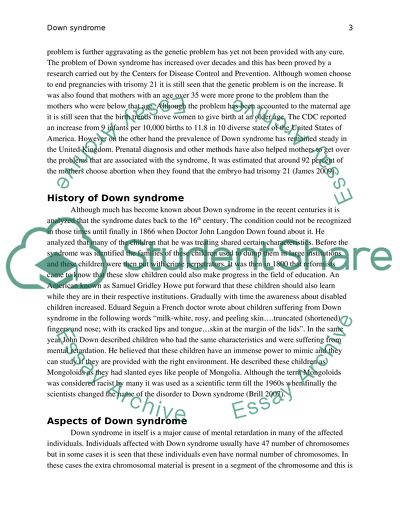Cite this document
(“Down Syndrome Research Paper Example | Topics and Well Written Essays - 2500 words”, n.d.)
Retrieved from https://studentshare.org/family-consumer-science/1424606-down-syndrome
Retrieved from https://studentshare.org/family-consumer-science/1424606-down-syndrome
(Down Syndrome Research Paper Example | Topics and Well Written Essays - 2500 Words)
https://studentshare.org/family-consumer-science/1424606-down-syndrome.
https://studentshare.org/family-consumer-science/1424606-down-syndrome.
“Down Syndrome Research Paper Example | Topics and Well Written Essays - 2500 Words”, n.d. https://studentshare.org/family-consumer-science/1424606-down-syndrome.


